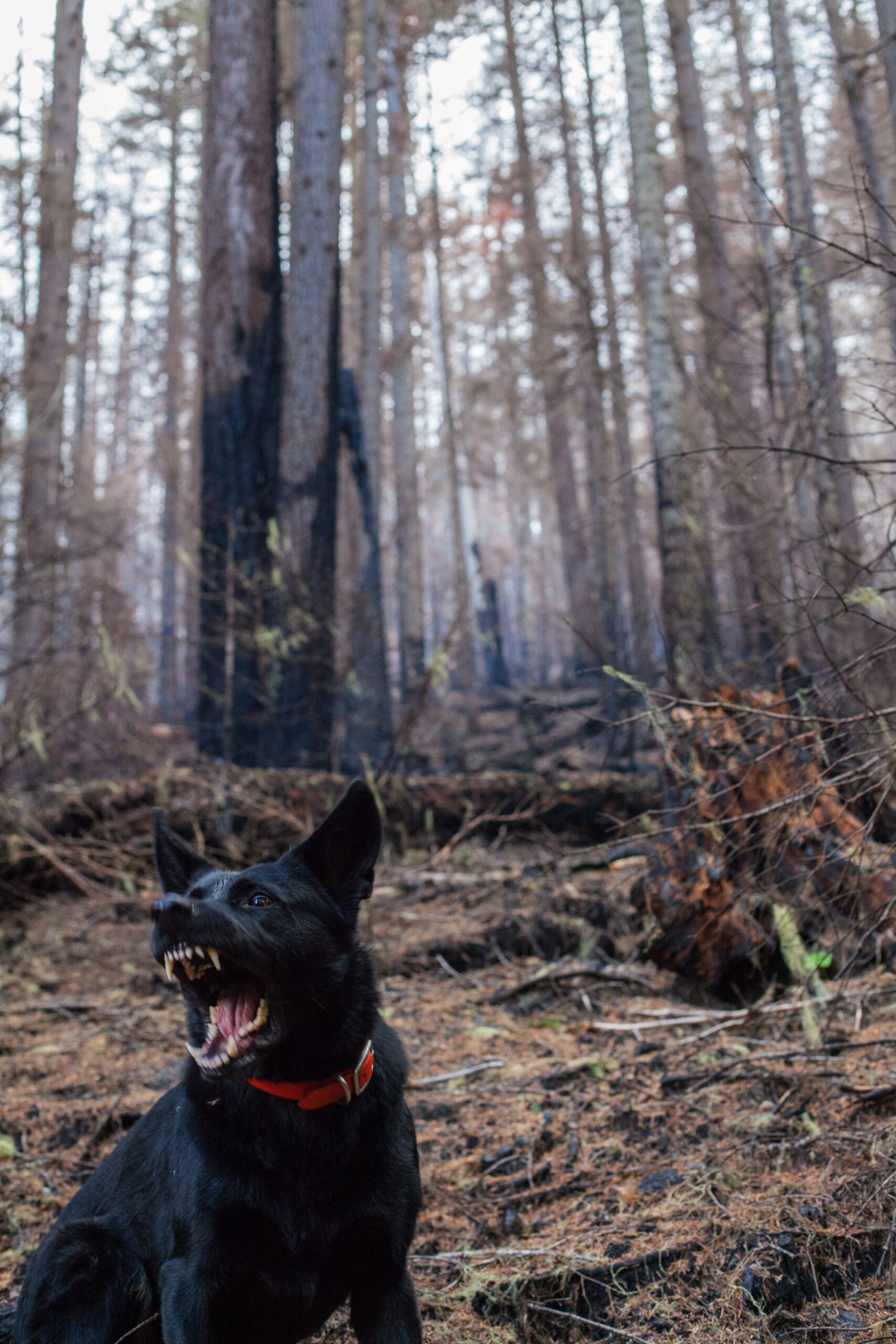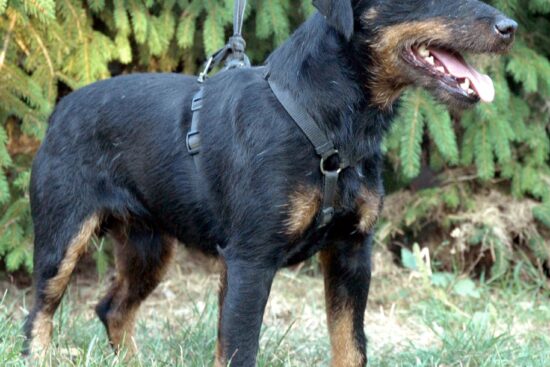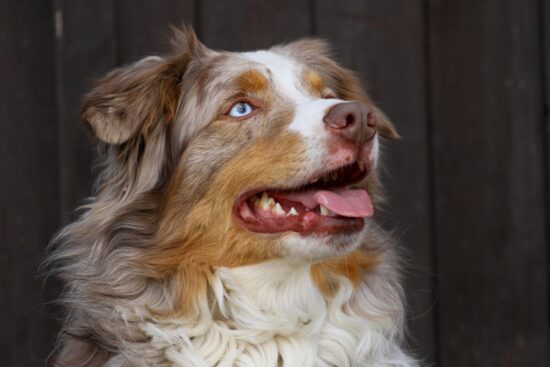
As dog owners, it’s essential to have a deep understanding of our canine companions and the way they communicate. Dogs primarily communicate through body language, and being able to interpret their cues can provide valuable insights into their emotions and well-being. In this comprehensive guide, we will explore how to decipher your dog’s body language, focusing on signs of fear, anxiety, and aggression. By recognizing these signals, you can better understand your dog’s emotions, address potential behavioral issues, and create a safer and more trusting environment for your furry friend.
The Importance of Body Language
Dogs are remarkably expressive animals, conveying a wide range of emotions through their body language. Their postures, facial expressions, and vocalizations are all means of communication. By familiarizing ourselves with their cues, we can respond appropriately to their needs and ensure their emotional and physical well-being.
Signs of Fear in Dogs
Fear is a common emotion in dogs and can be triggered by various factors, such as unfamiliar environments, loud noises, or traumatic experiences. Some common signs of fear in dogs include:
- Cowering or trying to hide
- Tucking their tail between their legs
- Trembling or shaking
- Avoiding eye contact
- Ears flattened against their head
- Whining or whimpering
It’s essential to provide a sense of security and avoid forcing fearful dogs into uncomfortable situations. Instead, gradually expose them to new experiences in a positive and controlled manner.
Signs of Anxiety in Dogs
Anxiety in dogs can manifest in different ways and may stem from separation anxiety, changes in routine, or unfamiliar surroundings. Common signs of anxiety include:
- Pacing or restlessness
- Excessive panting
- Excessive drooling
- Lip licking or yawning when not tired
- Destructive behavior, such as chewing on furniture or belongings
To help alleviate anxiety, create a calm and safe environment for your dog and consider using tools like calming aids or pheromone diffusers. Seek guidance from a veterinarian or professional dog trainer if the anxiety persists.
Signs of Aggression In Dogs
Aggression is a serious behavioral issue that requires careful management and understanding. Aggression can be a response to fear, stress, resource guarding, or territorial instincts. Signs of aggression may include:
- Growling or snarling
- Baring teeth
- Stiff body posture
- Raised fur along the back (hackles raised)
- Lunging or snapping
If you notice signs of aggression in your dog, it’s crucial to seek professional assistance from a certified dog behaviorist to address the underlying causes and implement appropriate training techniques.
Understanding canine body language is a valuable skill for all dog owners. By recognizing signs of fear, anxiety, and aggression, we can better respond to our furry companions’ needs, prevent potential behavioral issues, and foster a harmonious relationship based on trust and respect.
Remember, each dog is unique, and their body language may vary based on their individual personalities and experiences. Regularly observe your dog’s behavior, and with time, you’ll become more adept at understanding their emotions and providing them with the care and support they need.
External Links:




















